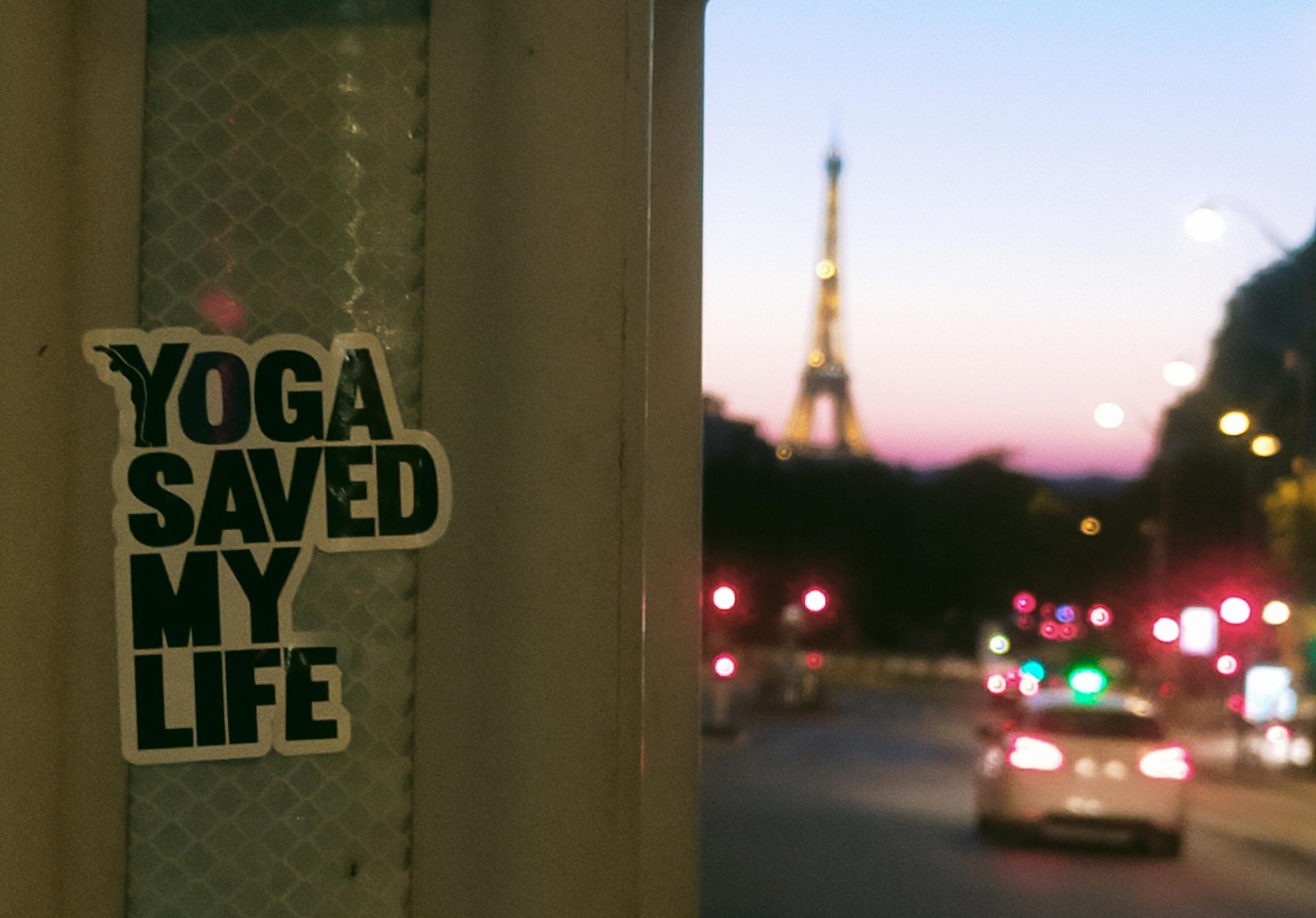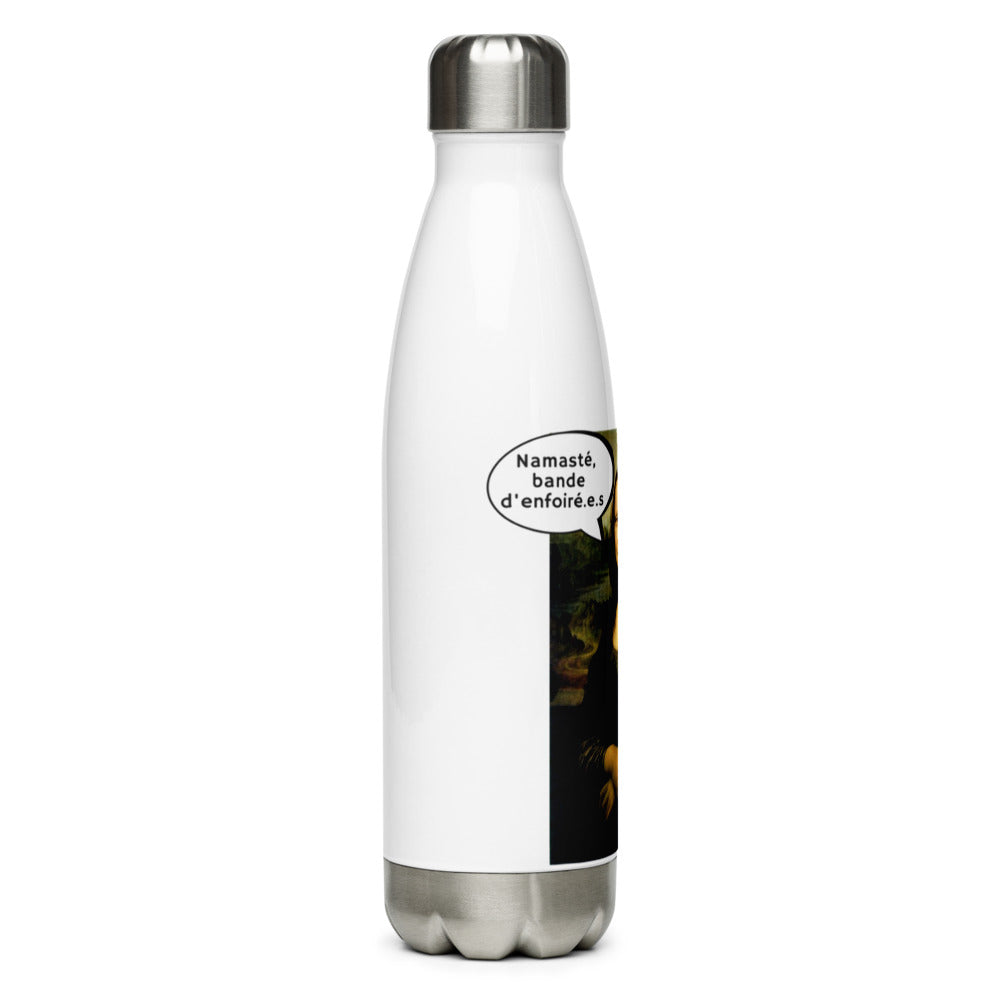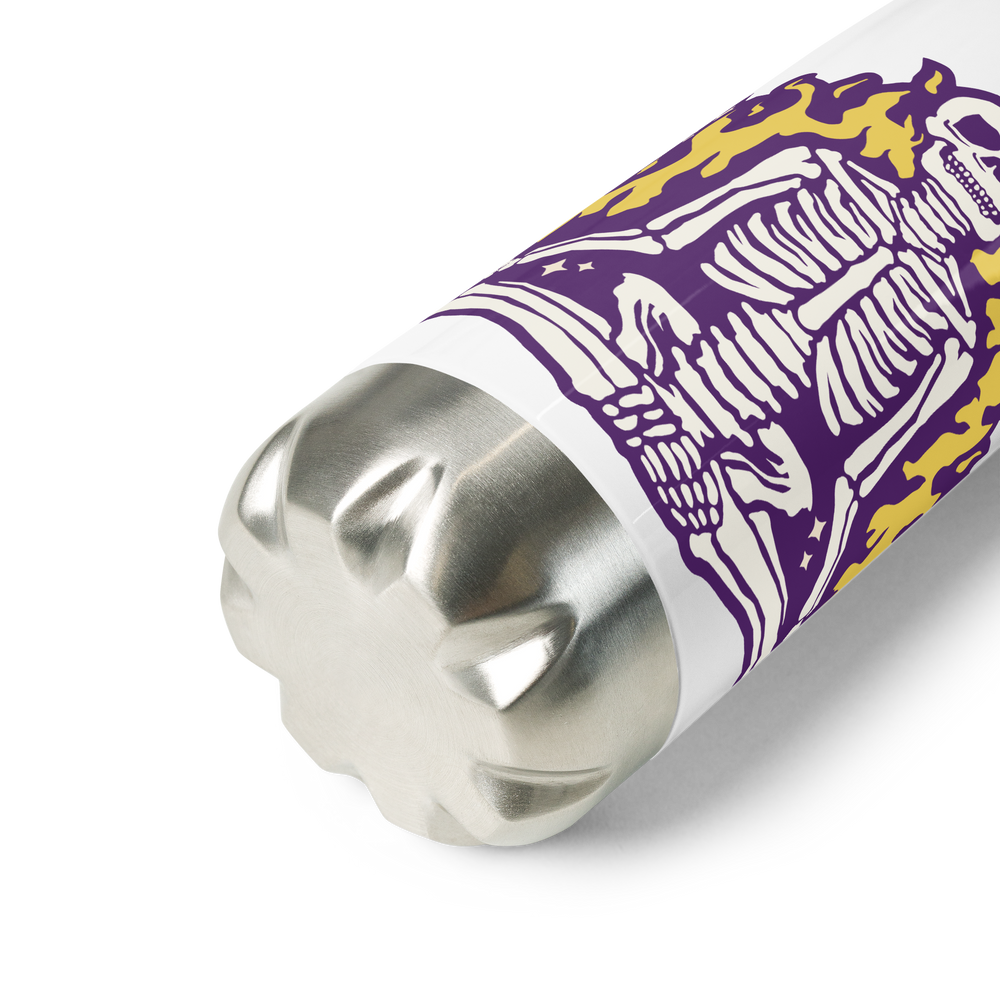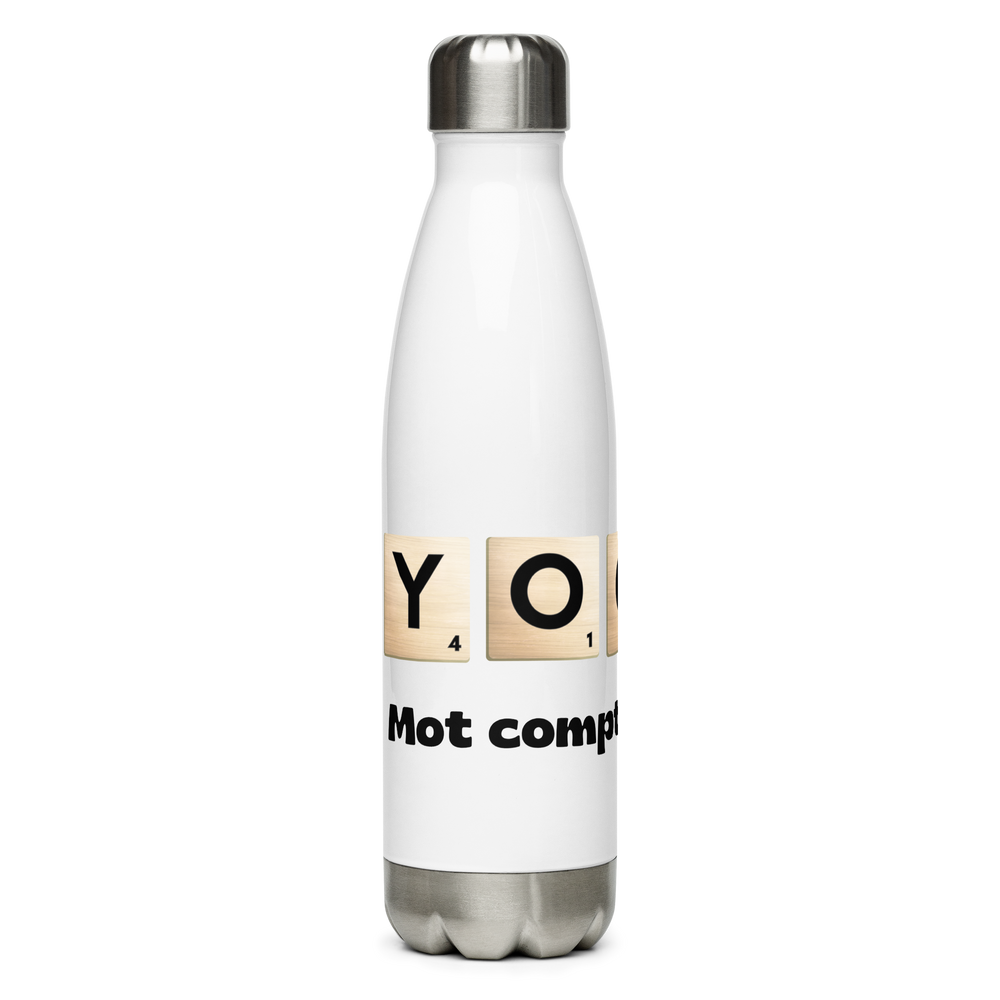Reconnect with the Earth: The Benefits of Walking Barefoot and Yoga

In our modern, often stressful and ultra-connected lives, we sometimes forget the simple pleasure of putting our bare feet on fresh grass , on a forest path , or even on the warm wooden floor of our home . Yet, walking barefoot is not just a summer treat or a childhood nostalgia. Above all, it is a practice that anchors us in the present moment , that reconnects us to the Earth —literally.
What if I told you that yoga , especially when practiced barefoot, can increase this connection tenfold? By combining these two practices, you can truly recreate a powerful connection with your body, your environment, and the Earth, right here.
In this article, I will take you step by step:
-
discover the physical, energetic and mental benefits of walking barefoot;
-
understand how yoga, through its postures and its anchoring , strengthens this connection;
-
offer you a gentle routine to practice at home or outdoors , whether you are in Paris, the outer suburbs or on the banks of the Seine.
Ready? Let's go on a sensory journey to better grounding!
Why walking barefoot is more than just a summer treat
2.1 Anchoring to the Earth — “earthing” or “grounding”
The concept of earthing is based on a simple idea: direct contact between the skin (especially the feet) and natural surfaces allows for an exchange of beneficial electrons from the Earth to our bodies. Some experts believe this can help reduce inflammation , improve blood circulation , and enhance circadian rhythms . While some studies are still ongoing, the immediate feelings of calm, well-being, and grounding are undeniable.
2.2 Physical benefits
-
Better posture and balance : Walking barefoot naturally engages the deep muscles of your foot, ankle, and leg. This helps you regain stable support , a conscious center of gravity , and therefore better overall posture .
-
Enriched sensory stimulus : Each contact with the ground sends you an incredible amount of information (texture, temperature, irregularities, etc.). Your nervous system rediscovers a sensory experience often lost behind our thick soles.
-
Subtle muscle activation : Walking barefoot works all the small muscles in the foot that are often neglected, which helps strengthen the arch and prevent pain and tension.
2.3 Energy and mental benefits
-
Stress reduction : The feeling of being “grounded” has an almost immediate relaxing effect. It encourages you to relax your mind and breathe more deeply.
-
Clarity and presence : you become attentive to each step, to each sensation, which anchors your awareness in the present moment — a state close to mindfulness .
How Yoga Perfectly Complements Barefoot Walking
3.1 Grounding in Yoga Practice: The Root Chakra
In yoga, the root chakra —or Muladhara —symbolizes stability, security, and grounding. So-called grounding postures, such as Tadasana (Mountain) , Vrksasana (Tree) or Malasana (Squat) help you feel your connection to the Earth. By learning to consciously press into the arch of your foot , you “land” your energy into the ground… literally and figuratively!
3.2 Barefoot yoga: a natural alliance
-
Yoga is traditionally practiced barefoot, which maximizes your sensory contact with the ground. Try it on a park lawn , in your living room , or even on a yoga mat on a wooden deck —the connection is immediate.
-
Breathing (pranayama) amplifies this connection: as you inhale, you invite energy to rise from the Earth into your body; as you exhale, you release tension back to the ground.
-
You strengthen your physical stability and your attention , moving from one posture to another, keeping a conscious anchor in your feet.
3.3 Combination routine: barefoot walking + yoga
Here's an idea for a gentle routine to practice at home or outdoors :
-
Start with a slow barefoot walk (5 to 10 minutes), on grass or smooth earth — feel each step.
-
Find a quiet spot (your living room, a corner of the garden, your balcony) and lay out your yoga mat.
-
Perform a few grounding poses (e.g., Tadasana, Vrksasana, Malasana), focusing on the sensation under the soles of your feet.
-
Finish with a moment of conscious breathing (sitting or lying down), feeling the energy flow to the tips of your feet.
-
Give yourself a note of gratitude for this moment of reconnection, to the Earth and to yourself.
Practical advice for getting started gently
4.1 Where and when to walk barefoot safely
-
Choose safe areas : mowed lawns, sandy beaches, clean indoor areas. Avoid hot concrete or rocky areas if you're just starting out.
-
In the city , public gardens , certain municipal parks or grassy strips along a river can be perfect (provided they are clean and authorized).
-
Start gradually : a few minutes here and there — you can alternate with sitting to let your feet get used to it.
4.2 Precautions and tips
-
Inspect the ground before setting foot: remove any sharp stones or objects.
-
If you have sensitive areas or cracks , apply a little restorative balm or massage with vegetable oil after walking.
-
Hydrate well, especially in summer; bare contact with the ground can cool the soles of your feet, so wrap them up if necessary after your session.
-
Gently integrate this practice into your daily life : after a morning walk, before preparing your tea, or at the end of the day, to refocus.
Establishing a locally anchored wellness routine
Here is an example of a weekly routine , adapted to your daily life in Île-de-France (so that it is concrete and easily applicable for you, the reader who lives in Paris or the suburbs):
| Day | Proposed routine |
|---|---|
| Monday (morning) | 5 min barefoot walking at home or in the garden, followed by Tadasana + 5 deep breaths. |
| Wednesday (afternoon) | 10 min barefoot walk in a nearby park, followed by Vrksasana (hold 3 breaths per side). |
| Friday (evening)** | Walk barefoot in the moonlight (if possible), then Malasana + 3 min of relaxation, eyes closed. |
| Sunday (relaxation day) | 20-minute barefoot yoga session: sun salutations as a base, add Tadasana, Vrksasana, and finish with a moment of Savasana or long, grounded breathing. |
Some tips to adapt this to your life:
-
If you don't have a garden, opt for your interior (tiles, parquet) - what matters is bare contact , not direct nature.
-
If you have an outdoor location that you like (banks, clearing, wooded terrace) , choose it as your preferred place to practice.
-
Alternate frequently : a few minutes here, a few minutes there — regularity is more beneficial than long, irregular sessions.
Conclusion: reconnect to live better
You see, walking barefoot and practicing barefoot yoga aren't just a fun duo—they're a love letter to your body, your mind, and the Earth . Through these practices, you reconnect with your senses, encourage the flow of your energy, release stress, and find proper posture—all while remaining present and alive.
And what a wonderful pleasure: feeling the grass between your toes , the cool parquet floor under your feet , and the air caressing your face as you breathe deeply. This simplicity—walking and breathing—can reconnect you to what is essential.
So, are you ready to give it a try? Start tonight, at home, even if it's just for a few minutes. You'll see the magic happen.


















